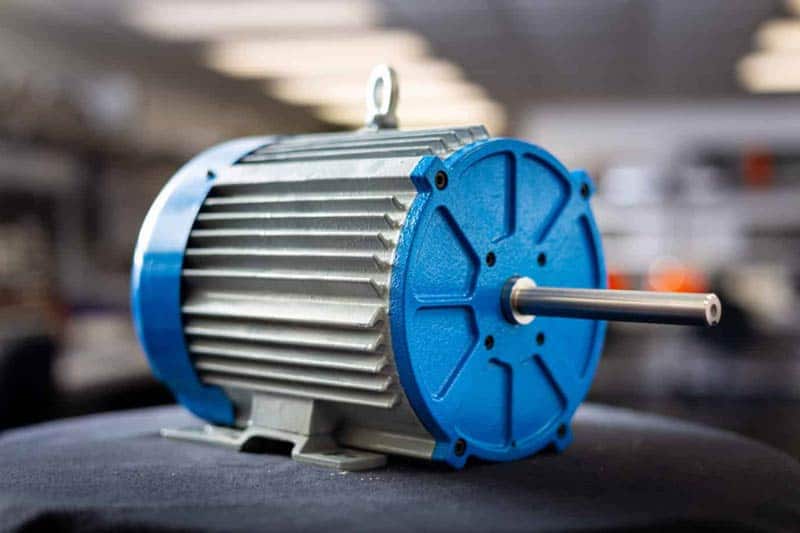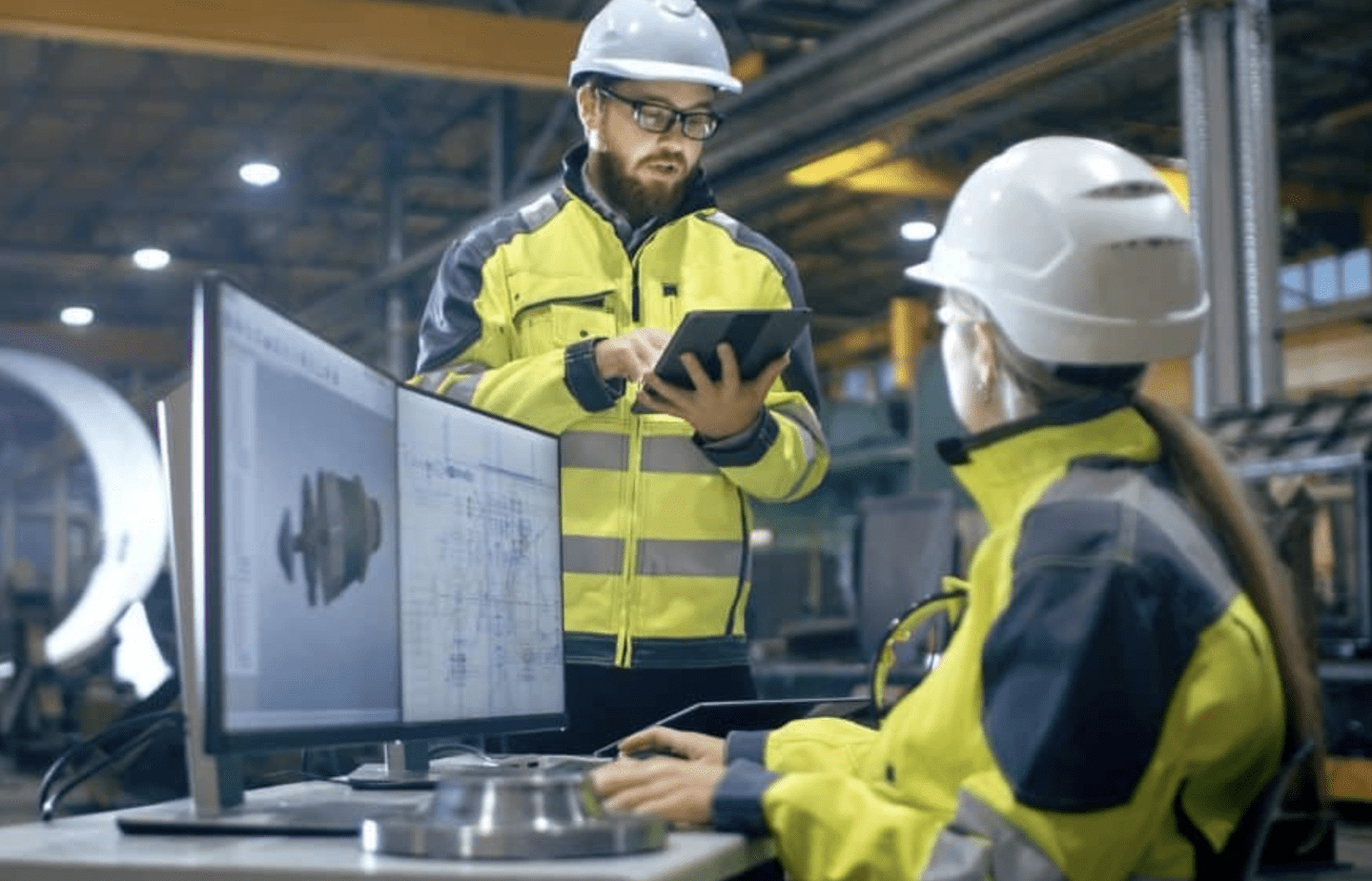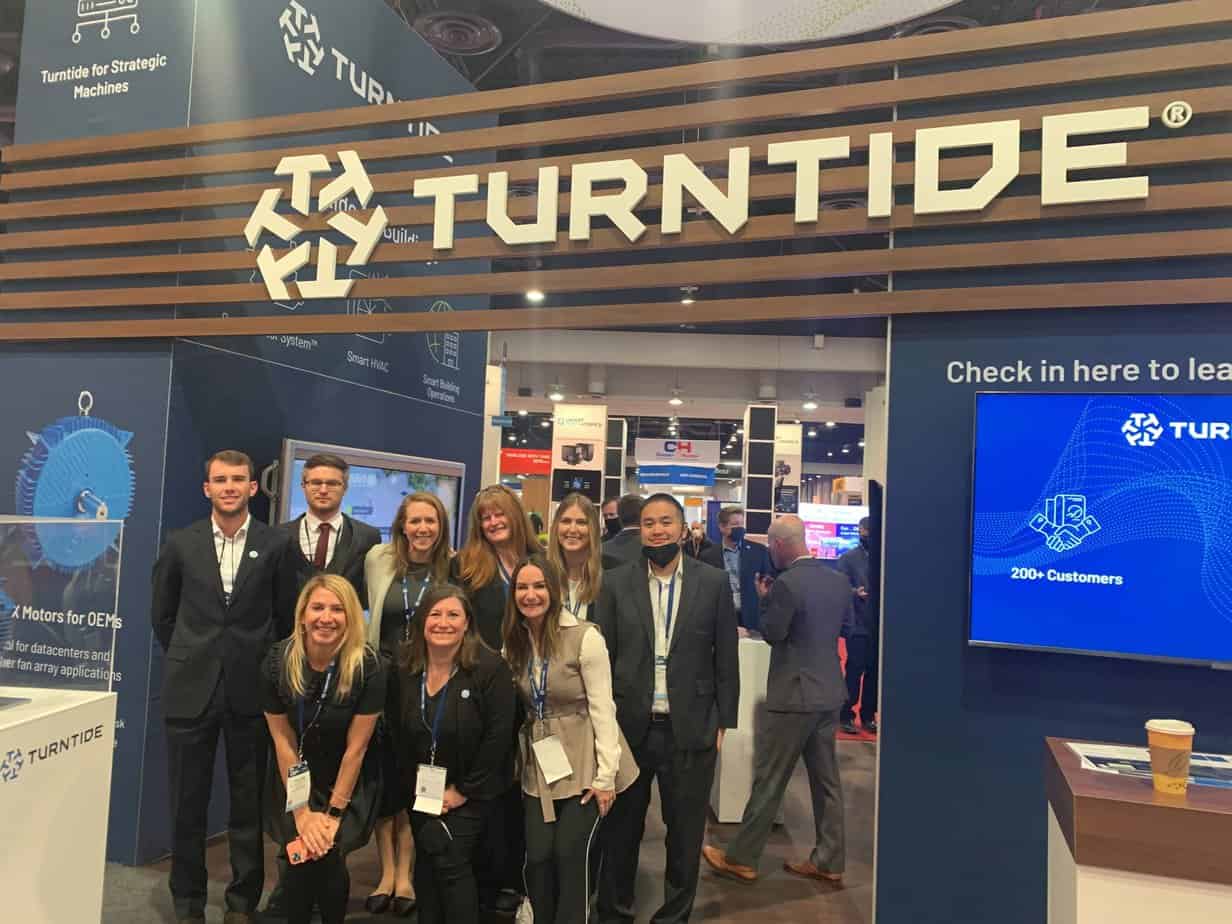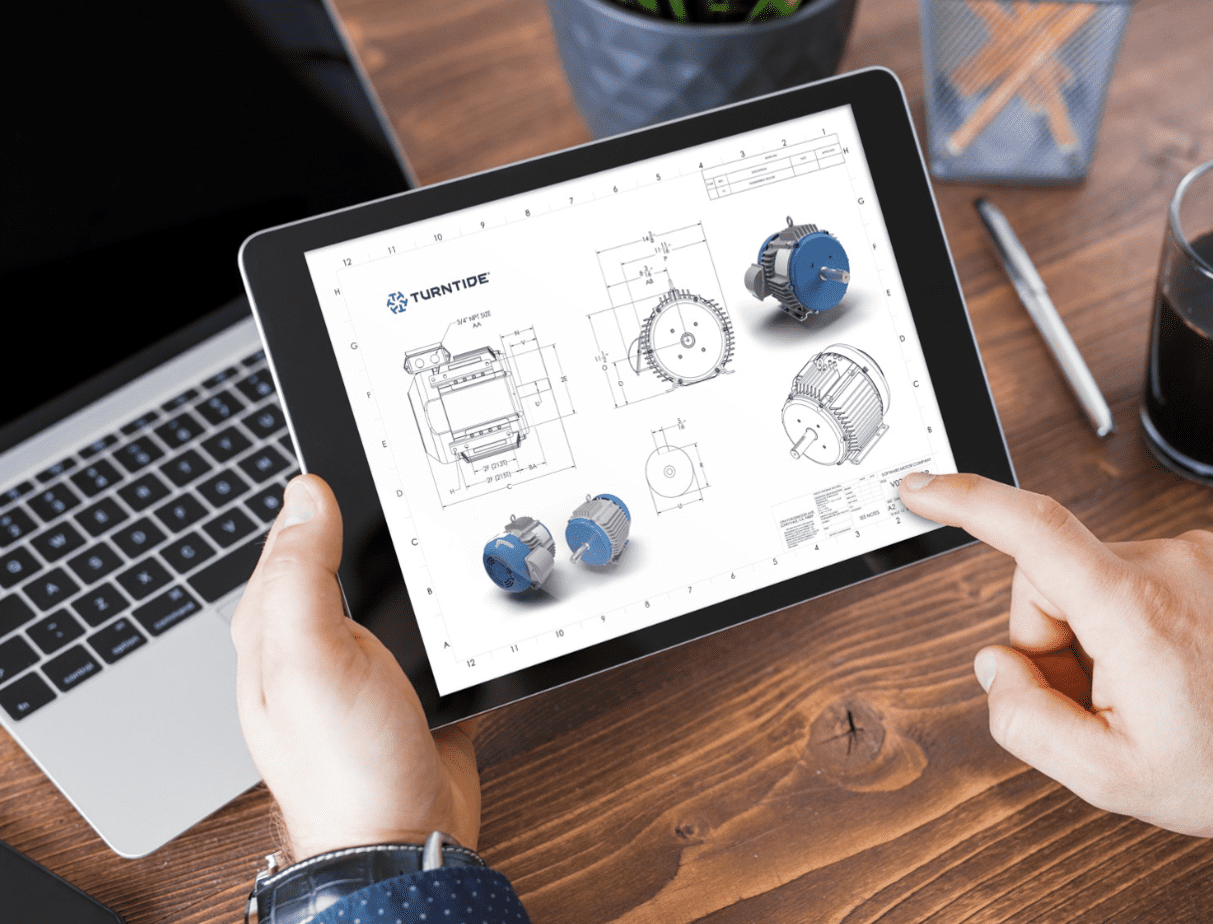Over the past 18 months, countless scientific studies have unequivocally proven the effectiveness of vaccines, masks, and social distancing in reducing the transmission of Covid-19. Taken together, these three strategies virtually eliminate the risk in outdoor spaces while significantly reducing the risk indoors.
But none of these options come without controversy, and both government and business have struggled to convince a wary public to take the necessary precautions inside buildings. As a result, more than 18 months after the U.S. first closed much of the economy, new variants are spreading through the country and driving a new spike in cases, hospitalizations, and deaths.
All this begs a slew of questions: Can life ever go back to normal? Are we destined to live with COVID-19 forever? Will we ever be able to safely return to the office, send our children to school, or gather with our friends and family?
At best, based on current trends, the answers to these questions are uninspiring, and there’s little reason for a rosier outlook over the short or long term. That is, if we continue ignoring the fourth pillar of safely gathering indoors: monitoring indoor air quality and monitoring ventilation.
Traditional Indoor Spaces Are Not Designed to Keep You Healthy
If you’ve ever adjusted a thermostat, you’ve probably noticed something so obvious that your mind skipped over the implications: the main function of your HVAC is to regulate air temperature. By simply turning a knob or pressing a button, you can raise or lower indoor air temperature — but that’s only possible by sealing off your space from the outside world, effectively cutting off your flow of fresh air.
Granted, all HVAC systems recirculate air, but few actually recycle it effectively. Instead, your system is likely closed, meaning that, so long as your windows remain sealed, you’re probably breathing the same air as several hours ago, now chilled or heated to a more pleasant temperature. So while you’re likely more comfortable in the short term, you’re also at the mercy of any air contaminants that enter the relatively closed space, such as COVID-19 particles.
According to the CDC and multiple independent studies, the virus is spread mainly through inhaling fine aerosol particles that can hang in the air for hours. Outside, the wind quickly thins particle clusters to less harmful levels. But with finite indoor environments, these same particles hang in the air until they become harmless on their own — which, according to some studies, could take as long as three hours.
Unfortunately, there’s no easy way around the situation. Schools mostly operate during the coldest months of the year, which, for much of the country, all but requires closed windows and artificially heated spaces. Modern office buildings, on the other hand, are usually designed with permanently sealed windows and rely on HVAC systems with limited fresh air intake for temperature control year-round.
On Their Own, Other Precautions Fall Short Indoors
Masks, social distancing, and vaccines form a symbiotic relation in preventing the spread of COVID-19. Masks reduce the number of virus particles released into the world by an infected individual and also prevent virus particles from being inhaled by a healthy individual. Social distancing reduces the chances that virus particles, ideally lessened through the use of a mask, will ever reach a new host. And vaccines increase our tolerance for any virus particles that still manage to reach us.
But if you’re trapped in a finite space, even a small amount of COVID-19 particles will have more opportunity to overcome your defenses. In general, being within six feet of an infected person for a cumulative 15 minutes over a 24-hour period drastically increases your chances of being infected.
Based on the traditional 8-hour workday and 6.5-hour school day, a single sick coworker or classmate could contaminate a space for nearly half of its daily use.
In the office, that could mean sitting in an infected space for a long period of time. In schools, where students often shuffle from classroom to classroom throughout the day, it could mean exposing dozens of individuals to an area infected by only a single person.
While decentralized solutions to airflow and ventilation, like fans and air cleaners, drastically improve indoor air quality and overall safety and should be used as short-term solutions, their actual effectiveness depends on highly variable factors that are nearly impossible to calculate on a site-by-site basis.
For office managers, school districts, and business owners depending on a return to normal life, this poses a serious short- and long-term dilemma: Even if cases and deaths trend in a positive direction, enabling a return to indoor spaces, the very act of opening your doors could lead to infected building occupants that could lead you to close them once again.
But It Doesn’t Have to Be This Way
Indoor spaces will never recycle air as efficiently as outdoor spaces, but by adopting technology that monitors indoor air quality (IAQ), we can make better-informed decisions about the safety of these environments. For example, by monitoring a space’s CO2 levels, a property manager could assess whether conditions are favorable or unfavorable for the transmission of COVID-19. If the CO2 levels are high, that would mean the ventilation system is failing to adequately replace indoor air with outdoor air, which would also allow any contaminants breathed into the space to linger.
The good news: these Smart HVAC systems already exist. With this technology, building operators can monitor the air composition within a space, as well as the percentage of outdoor air entering through the system’s vents. These intelligent systems also enable demand control ventilation (DCV) that can adjust air dampers based on the real-time composition of indoor air.
The immediate benefits of this technology are obvious: a provably safer indoor environment means that your employees, customers, and students are less likely to get sick, whether from COVID-19 or any other virus, including the flu, which costs the U.S. $90 billion annually. It also gives you the tools necessary to prevent or address Sick Building Syndrome. This, in turn, lets you focus on your traditional revenue-generating activities.
The U.S. already has laws in place that regulate the safety of food and water. While building codes often incorporate ASHRAE standards, HVAC systems often are not updated to ensure compliance with these standards as buildings age and are reconfigured over time. While World Health Organization (WHO) guidelines cover chemicals, such as benzene and carbon monoxide, they do not recommend any standards for bacteria or viruses. If more buildings implemented this smart technology, with the ability to monitor indoor air quality, it would enable these types of regulations for the first time, leading to employees, customers, and students who don’t have to weigh the value of their health against the value of living their life — whether during a surge in COVID or some distant winter decades from now.
That’s especially important as climate change, often in the form of wildfires along the West Coast, continues to negatively impact air quality across the country. Just this summer, the smoke from wildfires in the west caused hazy skies in cities on the East Coast of the U.S. and Canada. As a result, at one point in August, air pollution in New York City was ranked as the worst in the world. In this type of situation, a Smart HVAC would be able to detect the contaminants in the outside air and shut down the air dampers to prevent them from getting inside.
Not only do modern HVAC systems monitor air quality, but they also use less energy compared to traditional systems, meaning less impact on the environment through greenhouse gas emissions.
Life-Changing Technology That Pays for Itself
While monitoring indoor air quality would improve the lives of individuals, as well as the overall health of society, businesses should pursue this technology for a less obvious reason: financial sustainability. The fact is that smart HVAC systems do much more than monitor air quality; they can also send notifications via text or email and provide data that can lead to more efficient energy use — sending savings right to your bottom line, even after operations return to normal levels.
You also stand to reduce employee sick time. According to the U.S. Centers for Disease Control and Prevention, the economy loses 44 million working days because of illness each year. While these systems won’t prevent illness originating outside the office, they will reduce the spread of any contagion within the work setting itself, preventing large-scale business disruptions that affect multiple employees.
A Permanent Solution Without Permanent Action
Between masks, vaccines, and social distancing, we have the necessary tools to reduce the spread of COVID-19 outdoors. Unfortunately, we spend 90% of our time indoors, where these precautions are much less effective. To make matters worse, each requires constant vigilance and personal sacrifice — and has elicited intensely negative reactions among a large percentage of the population.
Masks are uncomfortable, limit communication, and prevent intimacy. Social distancing reduces opportunities to see loved ones, celebrate milestones, and pursue interests. Even vaccines, despite their relatively non-existent impact on our daily lives, will likely require periodic boosters for at least the foreseeable future.
But once a school or office building is retrofitted with a Smart HVAC system, there’s only one recurring side effect: peace of mind. For the average person benefiting from this type of system — whether students, office workers, diners, or athletes — the added layer of protection is invisible and requires zero commitment. This, in turn, makes it nearly impossible for an individual to reduce its effectiveness. Taken together, these four pillars can make indoor spaces as safe as possible.
Learn about Turntide for Buildings, our flexible and open solution that combines the Turntide Smart Motor System™ with building controls and intelligence.
What's New
Take the Next Step
Talk to our team to see how we can help you save energy and boost your bottom line.
Schedule Consult





